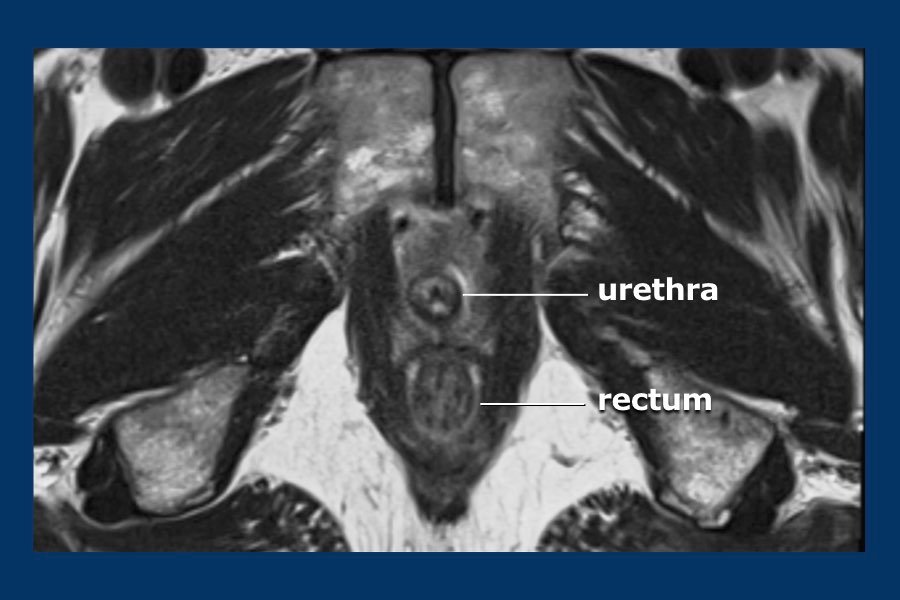MRI Prostate

Types of MRI Prostate
Multiparametric MRI (mpMRI):
The most advanced form, combining anatomical images with functional imaging techniques to evaluate blood flow, cell density, and chemical composition of the prostate. It helps distinguish between harmless and potentially aggressive prostate abnormalities.Non-contrast MRI:
Provides structural details without contrast dye, useful in some cases where patients cannot receive contrast agents.MRI with Endorectal Coil (less commonly used now):
An internal coil is used to improve image quality, though modern external coils often provide excellent results without the need for an internal device.
What are some common uses of the procedure?
Detecting prostate cancer or evaluating suspicious PSA levels
Assessing the extent of prostate cancer and whether it has spread
Guiding prostate biopsies to the exact area of concern
Monitoring prostate cancer during active surveillance
Evaluating prostate infections, inflammation, or benign prostate enlargement
How do I prepare for my MRI Prostate?
Diet: You may be asked to avoid eating or drinking a few hours before the scan.
Medications: Inform your doctor of any medications you take. Some blood-thinning medications may need adjustment.
Bowel preparation: You may be given a mild enema to empty your rectum for clearer images.
Clothing and metal objects: Wear comfortable clothing and remove any metal items, such as jewelry, watches, or belts, before the scan.
What will happen during my MRI Prostate?
What are the reasons for an MRI Prostate?
Elevated PSA (Prostate-Specific Antigen) levels
Abnormal digital rectal exam (DRE)
Previous negative prostate biopsy but continued suspicion of cancer
Staging of known prostate cancer before treatment
Planning and monitoring active surveillance in low-risk prostate cancer
Evaluation of prostate size and related urinary symptoms
